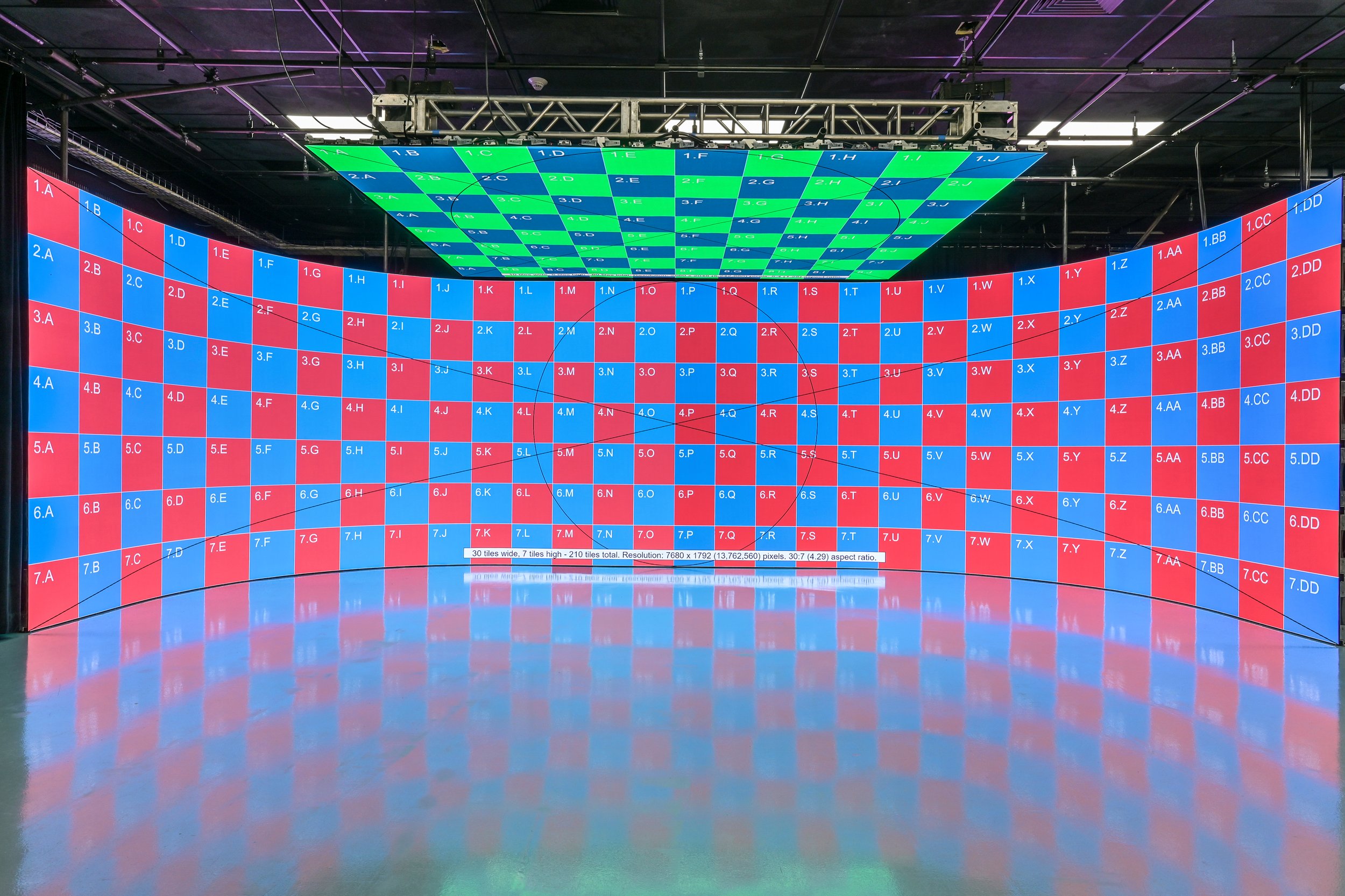Investigating the Efficacy of Various Light Emitting Diode Wall Adjustment Methods for Ideal Visual Performance
Wiki Article
Light Emitting Diode displays have become increasingly favored in multiple environments, including theaters, concerts, and business events. These large displays provide lively colors and sharp visuals, making them ideal for visual displays. However, to achieve the best visual performance, proper tuning of Light Emitting Diode screens is crucial. Tuning refers to the process of adjusting the display parameters to ensure that colors, brightness, and differentiation are precise and uniform. Various tuning methods can significantly impact the overall quality of the display encounter, making it vital to investigate the efficacy of these approaches.
One common technique for calibrating Light Emitting Diode screens is handheld tuning. This approach involves modifying the parameters by hand, often using specialized instruments and software. Technicians typically examine the screen's color precision and brightness levels, making adjustments based on their findings. Manual calibration allows for a high degree of personalization, as specialists can adapt the parameters to the particular environment and material being shown. However, this method can be time-consuming and requires a skilled specialist to attain best results. Despite its challenges, handheld tuning can lead to impressive display quality when done correctly.
Another common tuning technique is the application of automated calibration. This approach uses software and devices to assess the screen's performance and make adjustments instantly. Automatic calibration can save hours and minimize the potential for human error, as the software can quickly analyze the display and implement the required modifications. This method is particularly beneficial in environments where the LED screen is often used for different types of content, as it can adjust to different illumination conditions and content needs. While automatic calibration may not provide the identical level of customization as manual tuning, it can still provide excellent outcomes for many applications.

A third technique worth mentioning is the use of hue tuning instruments. These tools, such as colorimeters and spectrophotometers, measure the color output of the LED wall and help confirm that the hues shown are correct. By employing these devices, technicians can identify any discrepancies in color representation and make the required modifications. This method is especially crucial for uses where color accuracy is critical, such as in visual art or video production. Color tuning instruments can improve the overall visual performance of LED walls, ensuring that the audience sees the desired colors and details.
In conclusion, the efficacy of different Light Emitting Diode wall calibration techniques plays a crucial role in attaining optimal visual quality. Handheld calibration offers personalization but can be labor-intensive, while automatic calibration provides efficiency and consistency. Additionally, hue tuning tools help ensure correct hue reproduction, which is vital for many applications. By comprehending and utilizing these calibration techniques, specialists can improve the visual experience for viewers, making Light Emitting Diode walls an even effective instrument check this link right here for interaction and engagement. As innovation continues to advance, ongoing study and evolution in calibration techniques will probably lead to more better visual quality in the future.